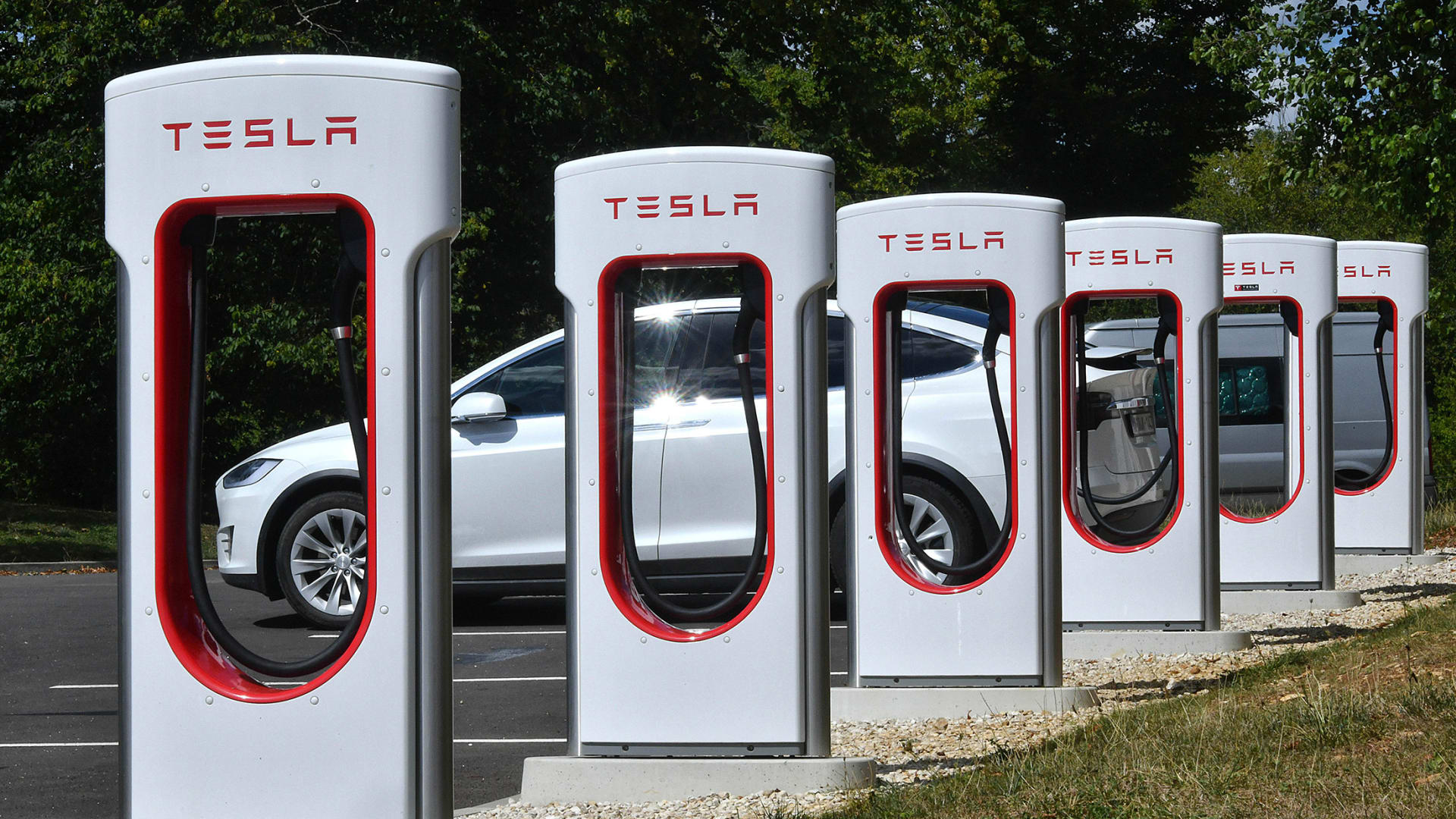By: Mark Kane
Tesla moves forward with applying improvements to the low-voltage system of its electric vehicles, which so far was operating at roughly 12 volts, just like in the vast majority of other cars.
During the recent 2023 Investor Day, Tesla’s representatives confirmed the intention to introduce a 48V system, which despite many years, is still a rare solution in the automotive industry.
The first step for Tesla was the switch from 12V lead-acid auxiliary batteries to 12V lithium-ion auxiliary batteries, announced in February 2021 and initially launched in the refreshed Tesla Model S/Model X (starting with the Plaid) – see an in-depth teardown here – and later used also in the Model 3/Model Y (in late 2021).
According to Tesla, the old lead-acid batteries were a major source of failures in Tesla cars, and they needed a replacement about every four years or so. The new lithium-ion batteries are expected to withstand the car’s lifetime (just like the main traction battery), so no replacement should be needed.
That’s the obvious improvement, on top of which comes a smaller size and lower weight (87 per cent reduction).
Tesla says that starting with the Cybertruck (this year), the Optiums robot, and all future electric vehicles, the 48V low-voltage system will be used.













